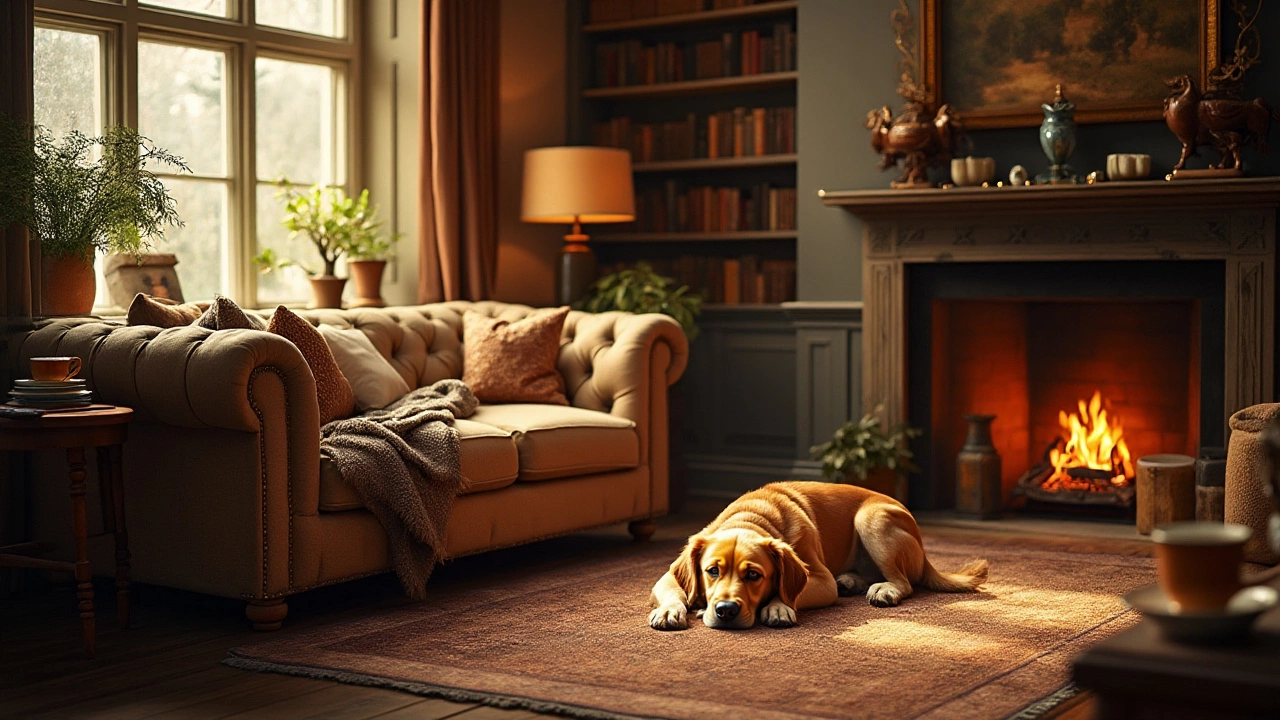Upholstery Material Guide – Find the Best Fabric for Your Home
When you sit down on a sofa or sink into a favorite armchair, the feel of the fabric is the first thing you notice. Picking the right upholstery material isn’t just about looks; it’s about how the piece will hold up to daily life, how easy it is to clean, and whether it matches your values. Below we break down the most common fabrics, what they’re good for, and how to choose the perfect match for your space.
Durability vs Comfort – What Matters Most?
Every material has its sweet spot. Leather, for example, ages nicely and resists spills, but it can feel stiff in cold weather. If you love a plush feel, microfiber offers a soft hand and hides pet hair, yet it may wear out faster on high‑traffic sofas. Heavy‑weight linen looks airy and natural, but it can wrinkle and stain easily, so it works best in low‑use rooms.
Think about who will use the furniture. Families with kids and pets benefit from high‑density foam cushions wrapped in tightly woven fabrics like polyester blends or performance velvet. Those who entertain guests in a formal dining room might choose a smooth, low‑pile wool that feels luxurious and holds its shape under occasional use.
Maintenance is a key factor too. Spot‑cleanable fabrics such as Crypton or Sunbrella let you wipe up spills without a deep clean. If you prefer a slip‑cover approach, choose fabrics that work well with removable covers—cotton twill or canvas are easy to wash.
Eco‑Friendly and Sustainable Upholstery Options
More people want furniture that looks good and does good. Recycled polyester, made from plastic bottles, mimics the feel of traditional polyester while cutting waste. Organic cotton and hemp provide natural breathability and are grown without harmful chemicals.If sustainability matters, ask your supplier about the source of the leather. Vegetable‑tanned leather uses plant‑based processes instead of harsh chrome, reducing environmental impact. For a truly cruelty‑free choice, consider faux leather made from plant‑based polymers such as pineapple leaf fibers (Piñatex) or apple peel leather.
When you shop, look for certifications like GOTS (Global Organic Textile Standard) or FSC (Forest Stewardship Council) for wood‑based fabrics. These labels guarantee that the material meets strict environmental standards.
Finally, remember that the right upholstery can extend a piece’s life. A well‑chosen fabric protects the frame and cushions, meaning you’ll replace the furniture less often. That’s a win for your wallet and the planet.
Take a moment to feel the fabric, test its resilience, and picture how it will handle everyday life. Whether you go for classic leather, soft microfiber, or an eco‑friendly alternative, the best upholstery material is the one that balances look, feel, durability, and your personal values. Happy decorating!
Choosing the Most Durable Fabric for Your Sofa: Expert Insights
Selecting the right fabric for your sofa is crucial to ensuring its longevity and appearance. Some fabrics not only withstand daily wear and tear but also resist stains and fading. This guide delves into the most durable options available, highlighting their unique properties and suitability for different lifestyles. By understanding these qualities, you'll be equipped to make an informed decision that enhances the comfort and style of your living room.
More
